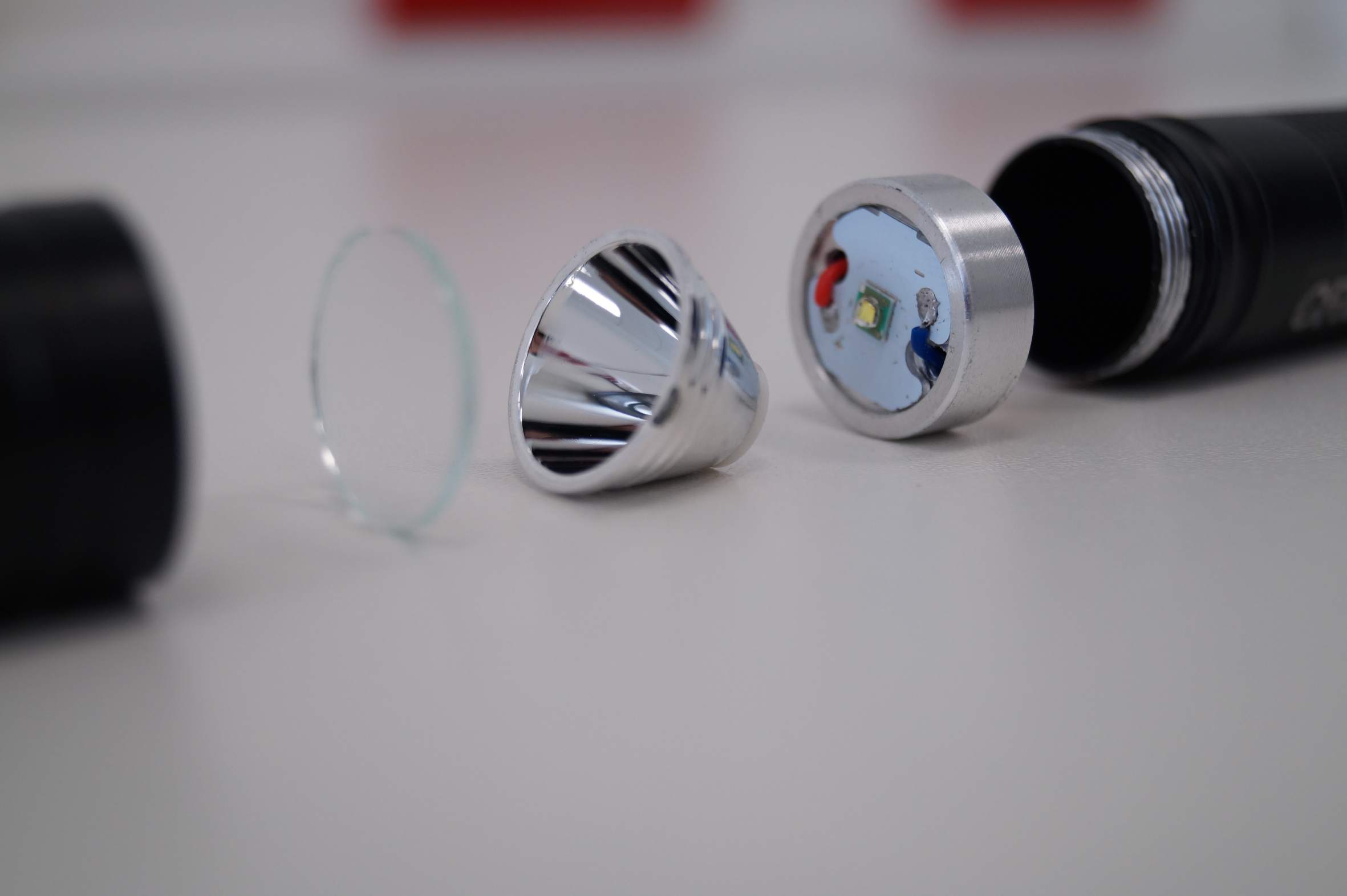
Hereditary retinopathy pigmentosa (RP) usually occurs between the third and fifth decade of life and not infrequently leads to blindness. In Germany, about 30,000 to 40,000 people suffer from this disease. Worldwide, around three million people suffer from this ailment. But even if those affected do not go completely blind, their quality of life suffers considerably as a result of this visual impairment. The same applies to people with age-related macular degeneration (AMD), which causes around 5,000 people to go blind in Germany every year. The more these diseases progress, the more the eyes’ ability to cope with insufficient ambient lighting decreases.
To counteract this, lighting conditions could be tailored to those affected. By adjusting the intensity of light, i.e., the contrast it creates and the blue component of the light spectrum which is often perceived as irritating, visual performance can be improved. As visual acuity increases, visual perception also becomes less strenuous.
“MakULA – Make Your Light Adapted”
One way to adapt this light accordingly would be to use so-called edge filters or blue blockers. Until now, however, there have been technical limitations to modifying the spectrum of light sources, especially fluorescent tubes, in this way. But now scientists at the Fraunhofer Application Center Soest, Germany, and the Department of Electrical Power Engineering at the University of Applied Sciences of South Westphalia, Germany want to develop such a solution as part of the “MakULA – Make Your Light Adapted” project.
“LED light sources now offer just this possibility. We can specifically define the spectrum of the emitted light,” says Prof. Stefan Schweizer, professor at the Department of Electrical Power Engineering at the South Westphalia University of Applied Sciences and head of the Fraunhofer Application Center for Inorganic Phosphors in Soest. In the project, which runs until mid-2021, he coordinates the collaboration with project partner LWL-Berufsbildungswerk Soest, a support center for blind and visually impaired people.
Eye test and measurements
In the first step, the scientists want to develop an LED light with an adapted color spectrum. To do this, they will combine a commercially available LED luminaire with optical filters. They explain that the emission spectrum is adjusted by selecting and installing a suitable filter to ultimately create a white color impression. In a second step, the emission spectrum of an LED luminaire will then be adapted electronically. The modifications required for this are technically much more demanding than the installation of a color filter but offer more potential for optimization.
An evaluation of the applicability of the luminaire will be carried out at the LWL vocational training center in Soest. “A sample will be used to investigate the effect of different frequency characteristics of the light on the visual acuity, contrast sensitivity and visual stress tolerance of affected persons,” says Christof Marquet, head of the LWL Vocational Training Center in Soest. An eye test and measurements will be carried out using visual test charts under different, defined lighting. According to the researchers, depending on the degree of impairment or progression of the disease, individual lighting ambiance should make it easier for those affected to find their way around and reduce their suffering.
The project is being funded with €10,000 from the Waldtraut and Sieglinde Hildebrandt Foundation.
Cover photo: An LED luminaire whose color spectrum can be individually adapted to needs is intended to improve users’ quality of life. © Fraunhofer AWZ Soest, Bernd Ahrens
Also interesting:
Our eyes have a perfect planning tool
Breakthrough in research into alpha-A crystallin – a protein in the eye lens








